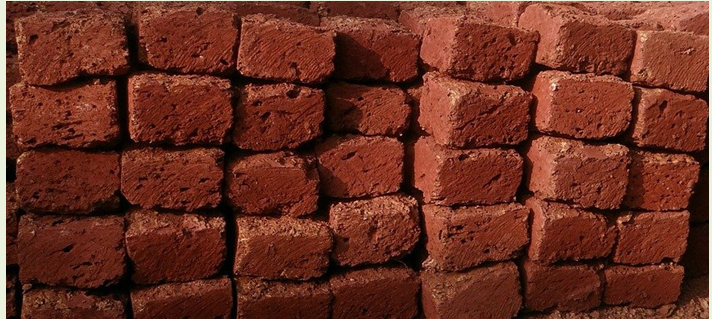Prasat Rong Chen, or Rong Chen Temple, sits atop Kulen Mountain (Phnom Kulen) located around 60-70km north of Siem Reap and about 2 km southwest of the village of Anlong Thom. It is a fascinating and historically important site dating to the 9th century that researchers believe is where the Khmer King Jayavarman II may have made his proclamation as universal monarch of the kingdom and in turn, the heralding the beginning of the Devaraja (religious order of the god-king) and the Angkor Era.
The site would have likely been a pivotal feature of the ancient city of Mahendraparvata, once covering the Kulen Mountain plateau, which was the precursor to the great city of Angkor that lies on the plains below.
The temple itself is a large multi-tiered pyramid built entirely from laterite blocks. The three-level structure sits atop a quite large area that drops off on its northern and eastern sides, supported by a retaining wall of laterite. On the southern side of the site, fronting the pyramid, you can see where sandstone was quarried from the same natural slab that probably supports part of the pyramid structure.
On top of the pyramid, there is a laterite platform with a large sandstone pedestal at the center. Here, you can also see notches/holes in the laterite likely to accept wooden pillars which may have supported a roof.
The pyramid consists of three levels starting with a square base of about 100 meters per side consisting of an earthen embankment 2 meters in height atop a sandstone slab and soil supported by a laterite wall in parts. The second level, a square of about 40 meters per side. The third level, which forms a square 15 meters on the side, is the highest and its retaining wall 3 meters high; in the center, a laterite foundation delimits a very flattened mound 7.5 meters per side and in the middle of this mound a square step 2.5 meters per side borders a depression where there is currently a pedestal base and a linga. Beneath the linga pedestal is a deep pit that contained cruciform-shaped sandstone masonry that was excavated and later refilled by Philippe Stern in the 1930s.
According to whc.unesco.org and helloangkor.com












